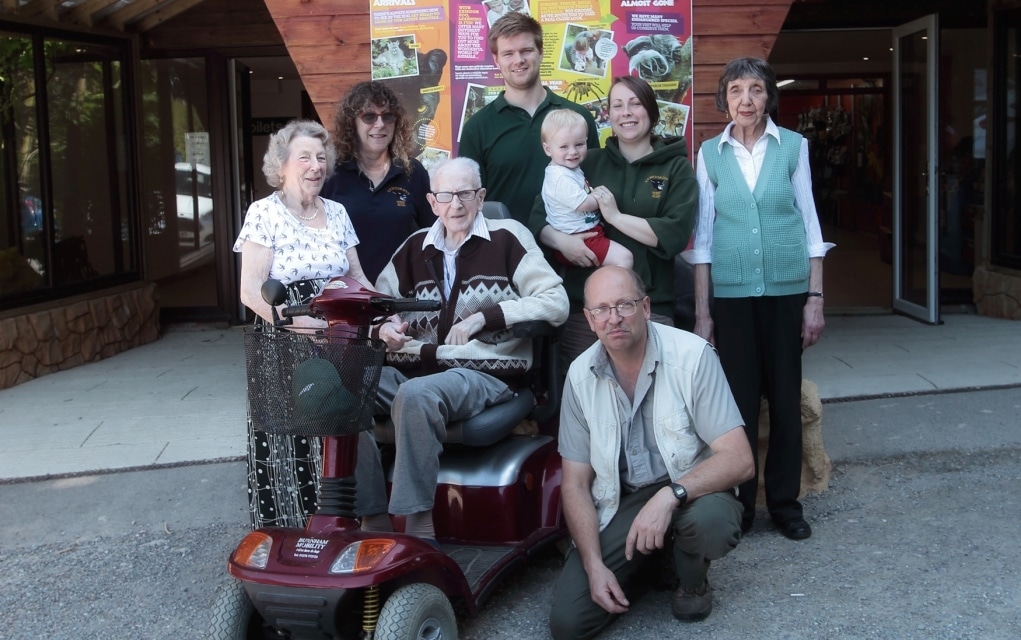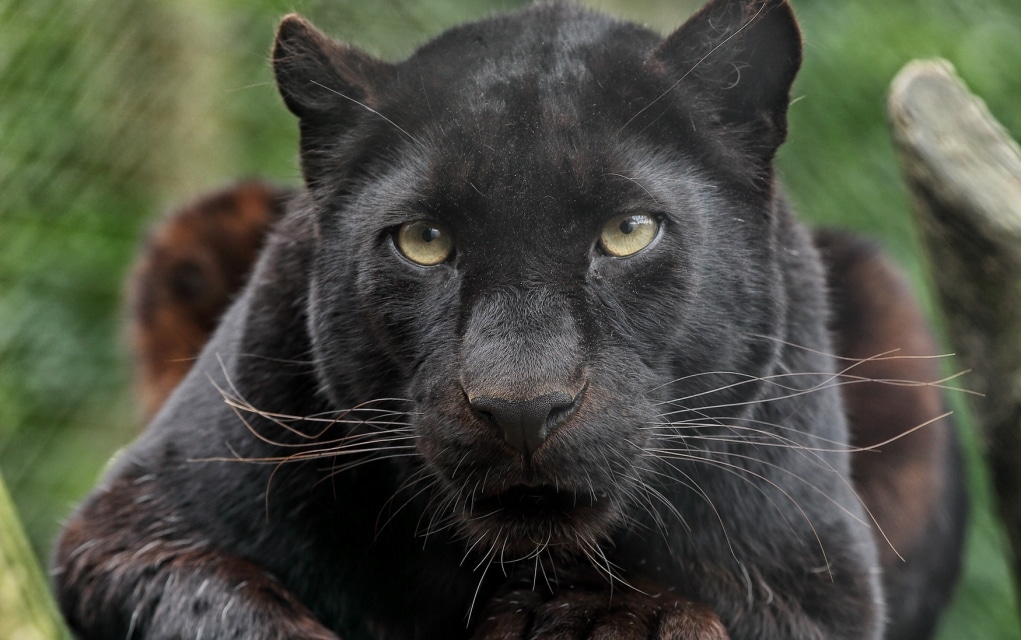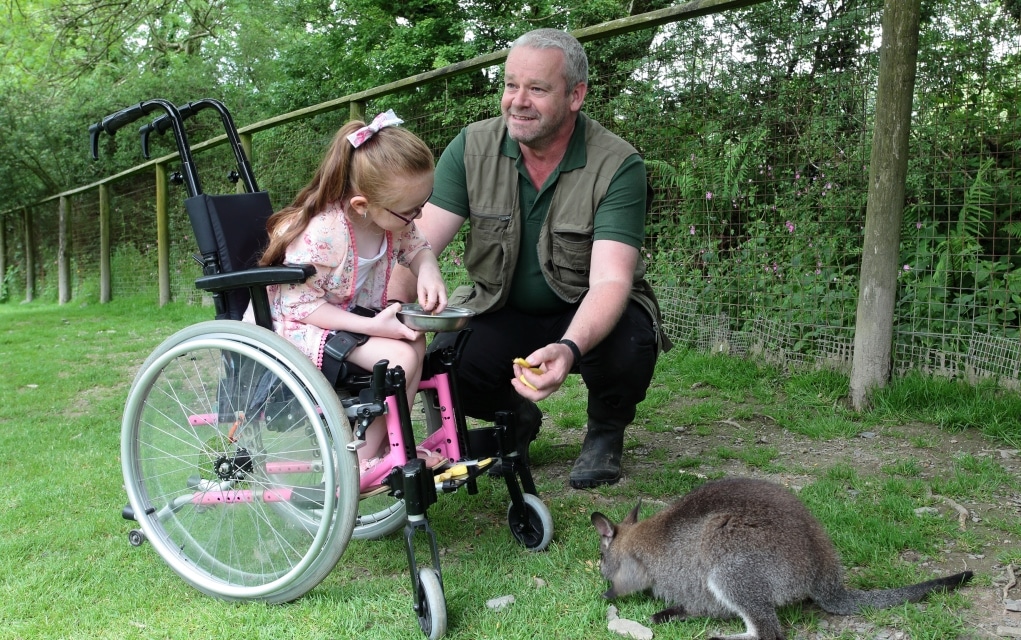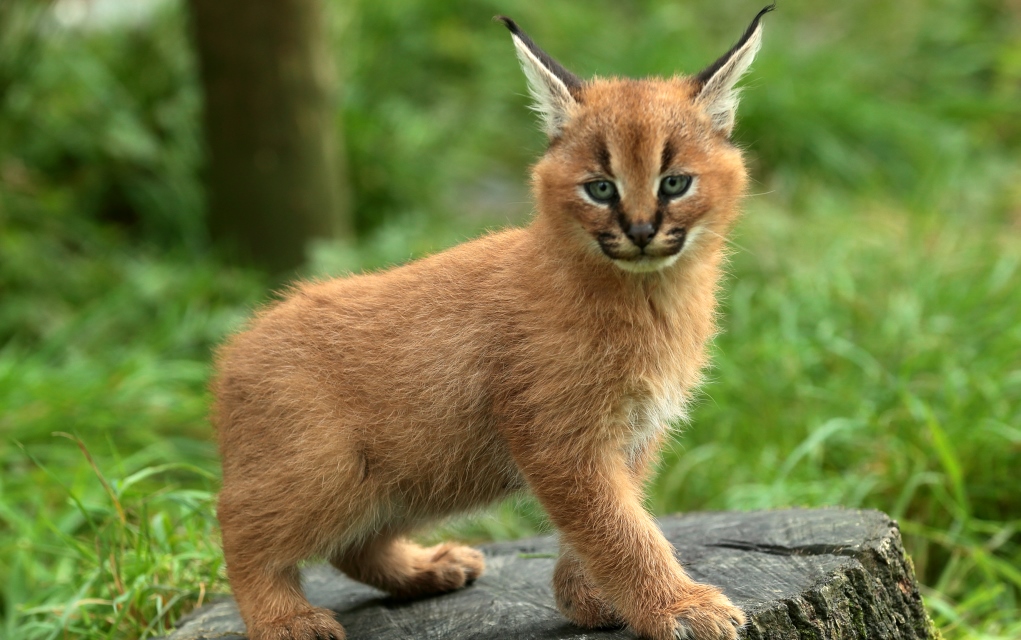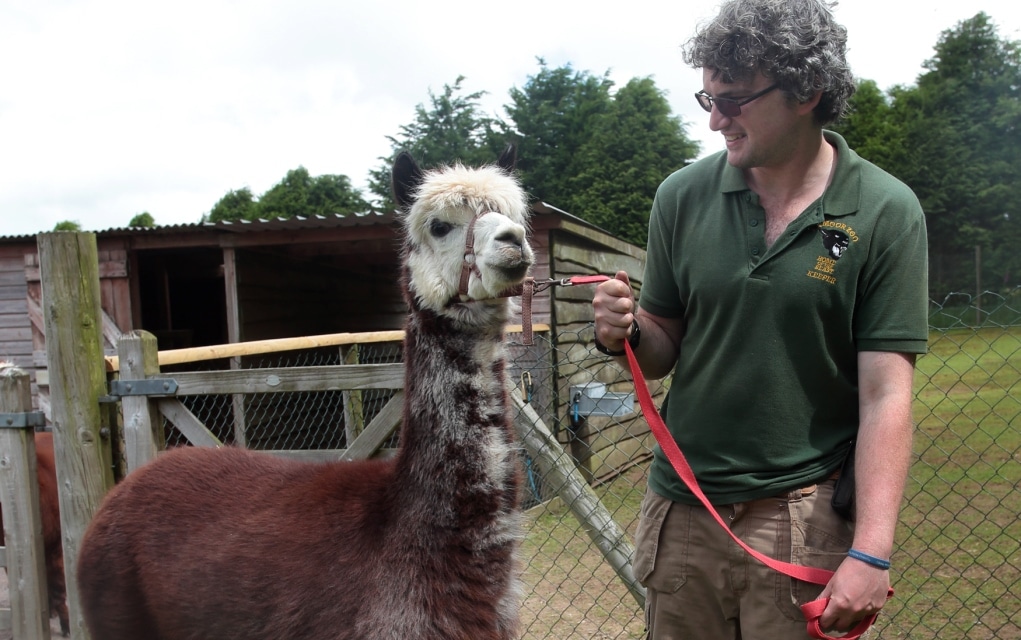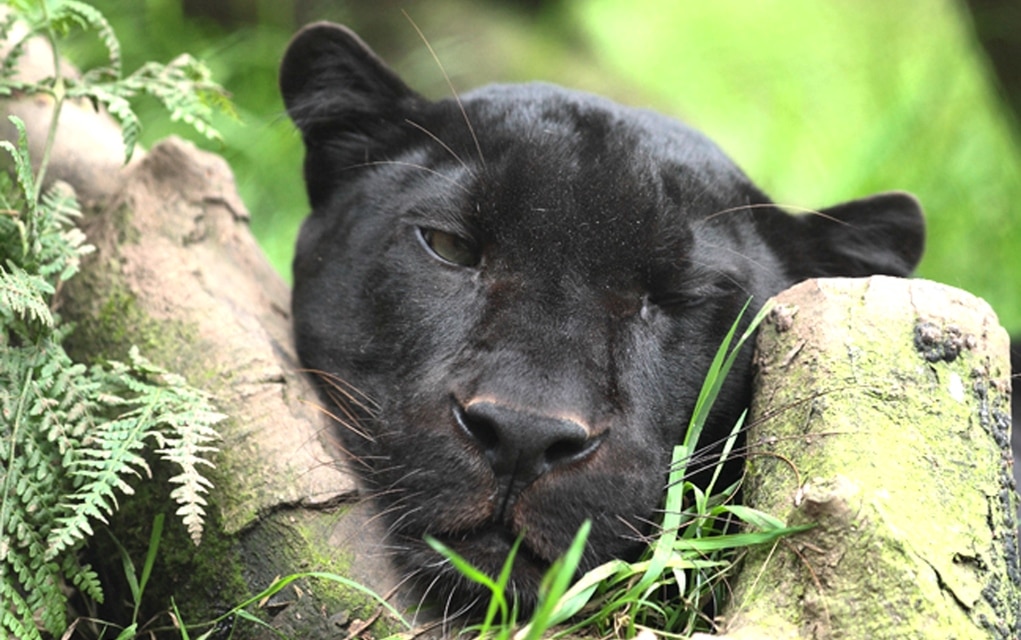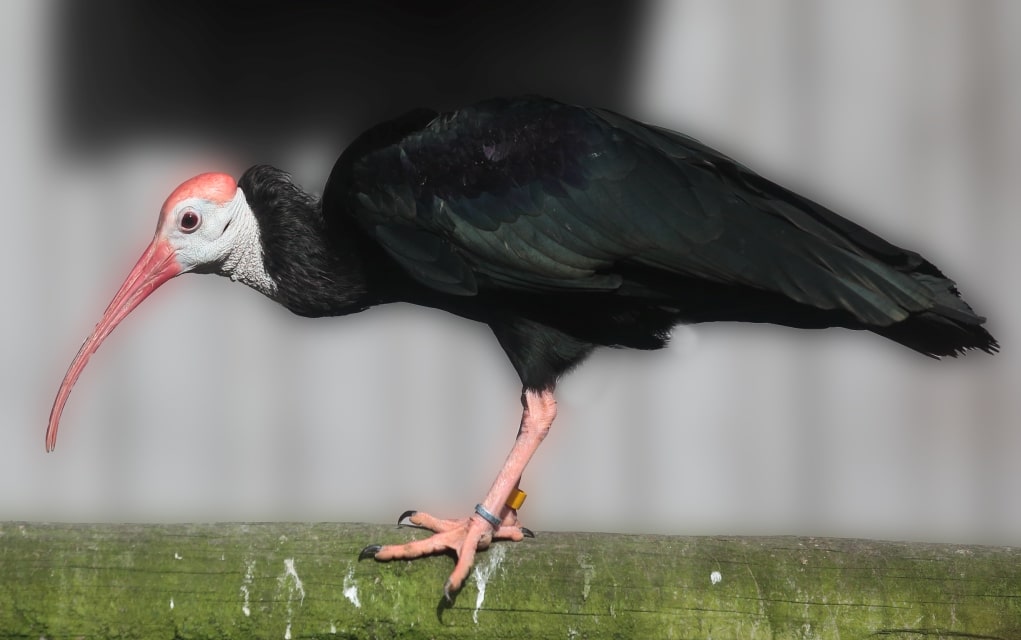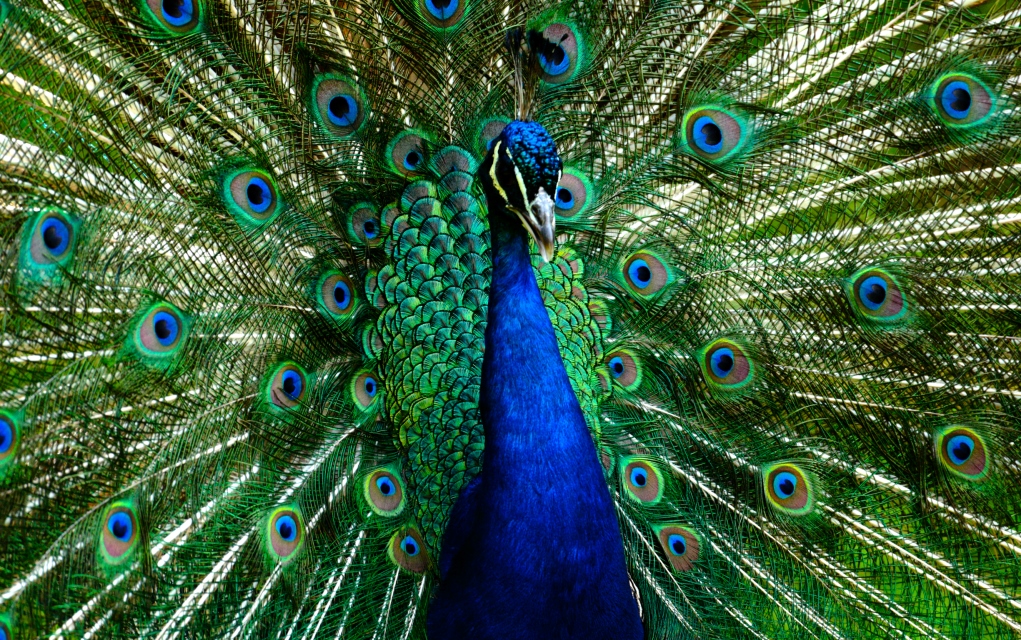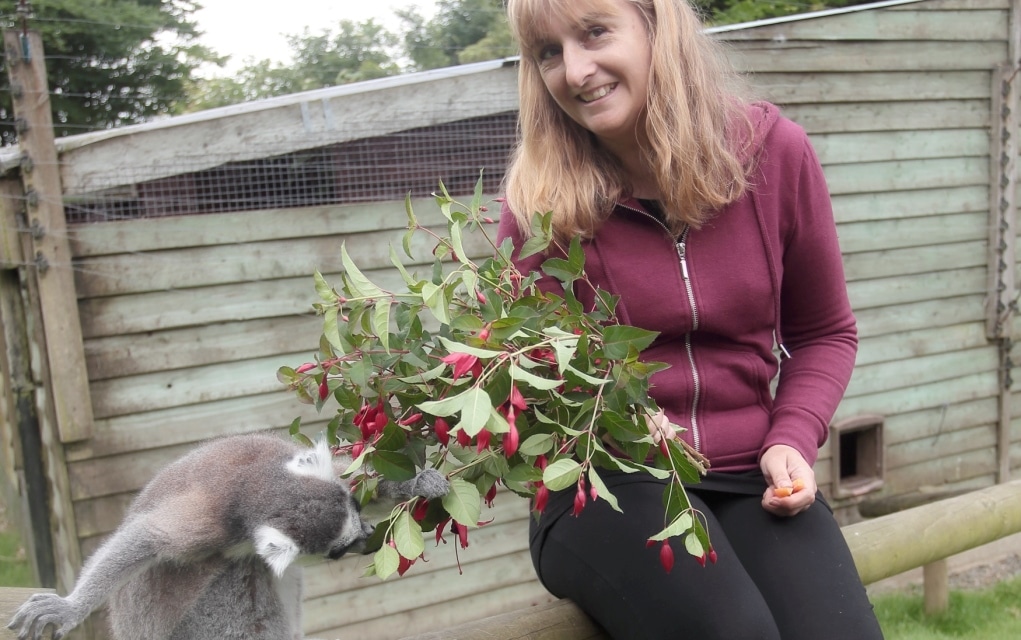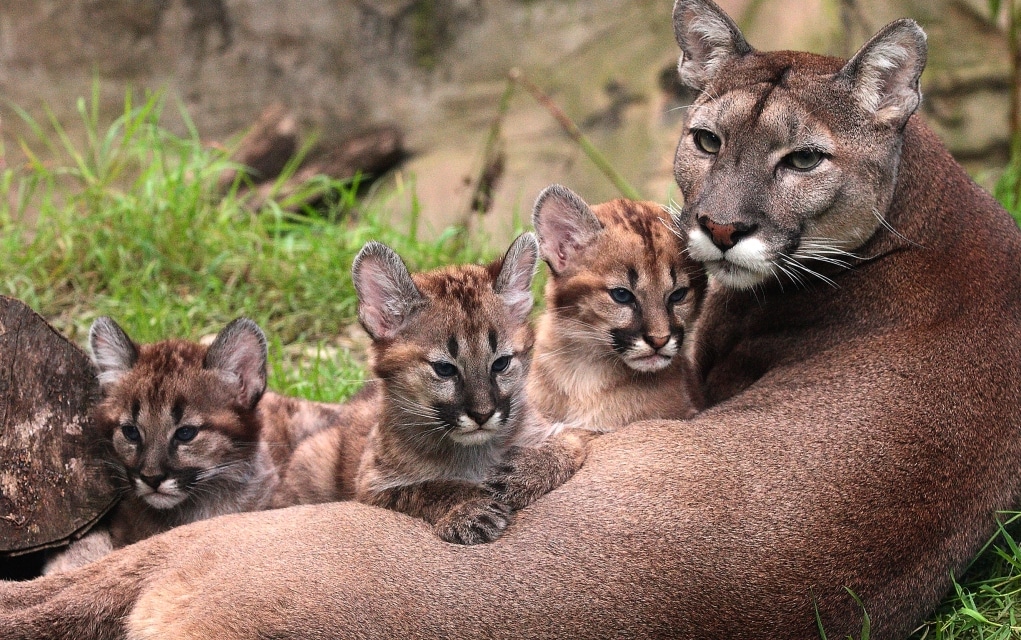Pictures: John Hammond, the zoo photographer
Exmoor Zoo began life back in 1993 and it has grown every year since. Here we catch up with Danny Reynolds who, with his wife Lynn, has been in charge since the beginning and find out how they have built one of the most successful tourist attractions in the south west.
What was your background, what do you remember most about the early days and why did you decide to take on the challenge?
We started because we were looking for a better way of introducing people to wildlife and inspiring them. Both Lynn and I came from the pet trade and we left a successful pet and aquatic retail business that, in terms of turnover, we only matched three years ago! We arrived to view the property in the wet and all we seem to remember is wet and windy exposed fields.
How has the business grown since then?
Originally this was a bird garden run by two different entities from 1982 and we took over in 1993. Our first year saw about 14,000 people through the door and you could stand at the top of the zoo and see nearly everywhere below, across what were then three Devon fields. Back then, it was Lynn, one trusted worker in the zoo, one in the kitchen and me doing everything. We also had great support from our parents. My mother has always been a keeper with the little monkey and Lynn’s father did the books while her mother helped with marketing. A little work with a JCB, a massive three-day bonfire and a tremendous hole (which the JCB nearly fell into) saw a new beginning.
Initially we had a few parrots and small monkeys which we were able to put into the zoo from our own collection and then we purchased some new stock. In 1996 we joined the British & Irish Association of Zoos and Aquaria (BIAZA) and began to swap and exchange stock. Two robberies took the heart out of us for a bit but we put that behind us and it has been a dynamic development and learning process since. From about 45 species of animals exhibited in basic enclosures in 1994-5 we now have nearly 160 different species, developed woodlands and trees and expanded by an extra three acres. We now have two car parks but it’s still a stretch at the height of the summer holidays. With 22 permanent staff and another 10 seasonal and part-time, it’s grown quite a bit.
Talk us through your business model
The zoo is run as a business because we needed the support of the banks as we grew. With good accountancy support right from the start, we have virtually spent every available earnt £. In the last 23 years of trading we have made a small loss twice and never made a significant profit as the outgoings and costs of the zoo are carefully balanced. We had 14,000 visitors in 1994 just over 50,000 in 2016. We raise more than 40% of our income in the peak school summer holidays so we must get this right – and hope for good weather. Being on Exmoor and reliant on the tourist trade (as few people actually live in north Devon) virtually nobody visits from November through to Christmas and onto February but we stay open for the hardy few.
We reinvest so much into the business that neither Lynn nor I have drawn a realistic salary since we began. We just look forward to a holiday each year when our daughter takes over the reins for a short learning period while we go and explore a jungle somewhere, such as in the heart of Guyana.
What do you enjoy most about running your own business?
Surprisingly not a lot, especially as we have grown and evolved. The whole responsibility of health & safety, looking after the workforce, new and changing legislation, the improving social requirements for visitors and the constantly improving welfare requirements for exhibiting livestock all add up. The moral and ethical requirements of running the zoo and the constant interaction with visitors and giving them a chance to express their opinion and influence us is very time consuming. But it’s good to know we have created a haven for people to come and enjoy some of the wildlife we have here and seeing some of our different and interesting animals.
What are your main attractions?
Over the years are main attractions have changed. The most important one – and really is our USP – is the mythological “Exmoor beast”. The romanticism and the folklore associated with the possibility of a big cat or carnivore being out there has stimulated lots of stories and media interest. Even today we get asked if we have our big cats (black leopards or puma) in their enclosures or if they have escaped, usually by people phoning in after they have had a close encounter with an unusual animal in the area.
More recently we have taken in Russian origin grey wolves – they’re the ones that ate Red Riding Hood’s grandmother… They are brothers and are part of a behaviour study by Stockholm University looking at the differences in development between domestic dogs and wolves as they grow. The university has been here three times now to continue its research.
Our favourites must be our most recent addition – Wild African Hunting dogs. Having been lucky enough to see these dogs hunt in the wild it is a real privilege to be a member of the captive breeding programme helping to protect them.
How important are your breeding programmes? Which ones have been particularly successful?
For a modern zoo, the breeding programmes are not just about breeding. It is the co-operation of caring and looking after the species in captivity. Occasionally a zoo with good genetic bloodlines of a certain managed species gets to breed but, often as not, this is shared. Everybody looks after single sexed and non-breeding animals on behalf of the captive animal species and some you get the planned opportunity to breed.
Our best breeding experiences are with say Black lemurs Eulemur macao. In the wild an endangered species, living on Madagascar with virtually no habitat left and everybody treating them as bush meat (a free protein meal), we have a third-generation black lemur here who has recently become a mother. We have bred and looked after black lemurs for over 20 years in cooperation with the breeding studbook.
Tell us about the educational team you have at the zoo. How does that work and what do you hope to achieve?
Education and conservation are the two key pivots of any good zoo. We may try and achieve conservation but it is our educators that tell everybody what we are doing and why. It is their encouragement to visitors that promotes morals and ethics and helps people find ways in which they can help even it is just buying products not made from palm oil or shopping for from sustainable farming. Either here in the zoo or at the schools we visit, we try to explain that we are all part of the web of life, we all have a responsibility to each other, the future of our children and the world we live in.
How have you developed the business over the past five years or so? Have you noticed a change in the kind of things visitors take more interest in?
The zoo gets a lot of return visitors especially those that like visiting north Devon. The animals with charisma never lose their star appeal and everybody has certain expectations of what they want to see when visiting any zoo. The trick has been to get visitors to accept our difference – no big animals but an amazing diversity suited to living on Exmoor (with a little help). Meerkats, pink birds, monkeys, otters, bigger cats and dogs are staple recognisable animals and we also have some unique and unusual species (fishing cats, singing dogs, binturong and sand cats).
Visitors love to interact with animals or us and feel that they can and have contributed. As a family zoo, this is something we have always striven to encourage. If our visitors leave with just one more grain of knowledge or a better appreciation of the world we live in relative to the animals and different people around them then we have achieved something.
Where to you hope the business will be in five years’ time?
It would be good to become a full member of the European Zoo Association which will give us a better chance to become involved in world-wide breeding programmes and related educational initiatives. We have been accepted as temporary members and should become full members in February 2018.
The zoo intends to try and help with some of the native Exmoor species and help conserve and reintroduce disappearing butterflies such as the marsh and heath fritillaries. It is our intention to breed them here on site and in conjunction with the Exmoor National Park, Exmoor Trust and the Butterfly Trust release them under licence in certain prepared areas of Exmoor. Hopefully in five years’ time our daughter will have picked up the reins a lot more and the business will start to come under her stewardship.


